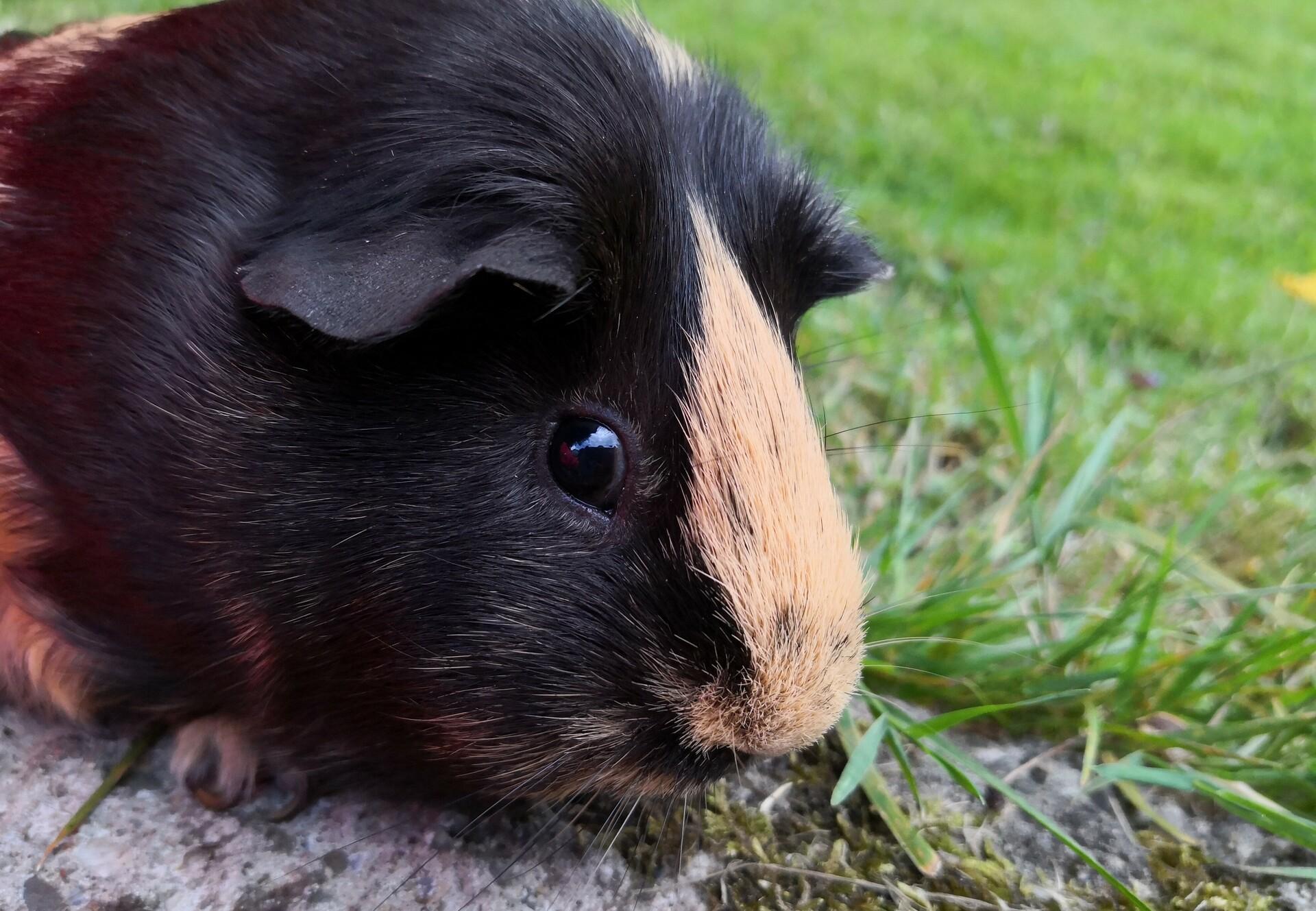
Keeping Guinea Pigs in an Apartment
Given the right living conditions, guinea pigs can be kept in an apartment
They must be provided with plenty of space – which means conventional indoor cages won’t be suitable.
Guinea pigs get along just fine indoors with no enclosure at all, so if you have enough space in your home, you should give them an entire room to themselves. When keeping small animals at home, it is very important to arrange their habitat appropriately. If guinea pigs are given exposed, open areas, they will tend not to use them, choosing instead to spend most of their time in their hutches. The space must be arranged so that it offers plenty of areas of cover. If you have some DIY skills, you could construct a second, raised level for them. This has many advantages: the animals can hide underneath it or use it as a viewing platform, and they can get some extra exercise climbing up and down the ramp. The more opportunities they are given to carry out their natural behaviour, the happier they will be.
When you’re setting up the indoor living space, you should remove anything that might present a risk to the guinea pigs. This includes electric cables, toxic plants, open doors, other animals, furniture with toxic varnish, sharp and angular objects, visitors who are unaware of the animals, etc. If you want to be on the safe side, fence off the area in which the guinea pigs move about. This will make it safer for them to explore beyond their enclosure.
However, if you want a completely safe environment for your guinea pigs, you should opt for a vivarium. For two to three animals it should be at least 2 m² in area (the same rule applies when keeping them anywhere else in the apartment) and any further animals will need an additional 1 m² each. An open-topped vivarium (in the shape of a tub) made of Plexiglas has several advantages over one made of wire: it allows you to see the guinea pigs better, and gives them a better view out.
A vivarium is very easy to set up, is more hygienic than other alternatives, and can be an attractive addition to your home. It should be raised above floor level, so that humans seem less threatening to the guinea pigs inside. If other animals also live in the household (e.g. cats), the vivarium should be closed on top.
Correct positioning
Although guinea pigs kept indoors aren’t directly exposed to the weather, the position of the vivarium or enclosure must still be chosen carefully. During the summer or any warm spell, the vivarium or enclosure shouldn’t be placed where it will be in the sun for most of the day (e.g. in a conservatory). Positions next to heat sources such as ovens, fireplaces and radiators are also completely unsuitable because guinea pigs are sensitive to heatstroke. A better choice would be a bright, well-ventilated spot without any extremes of temperature. Best of all is a central room where the family gathers frequently and likes to spend a lot of time, as guinea pigs enjoy the company of humans. That said, their hearing is very sensitive, and they have a low tolerance for stress (they scare easily), so noise should be kept at moderate levels. The animals also need to be protected from too much handling by less experienced people.

